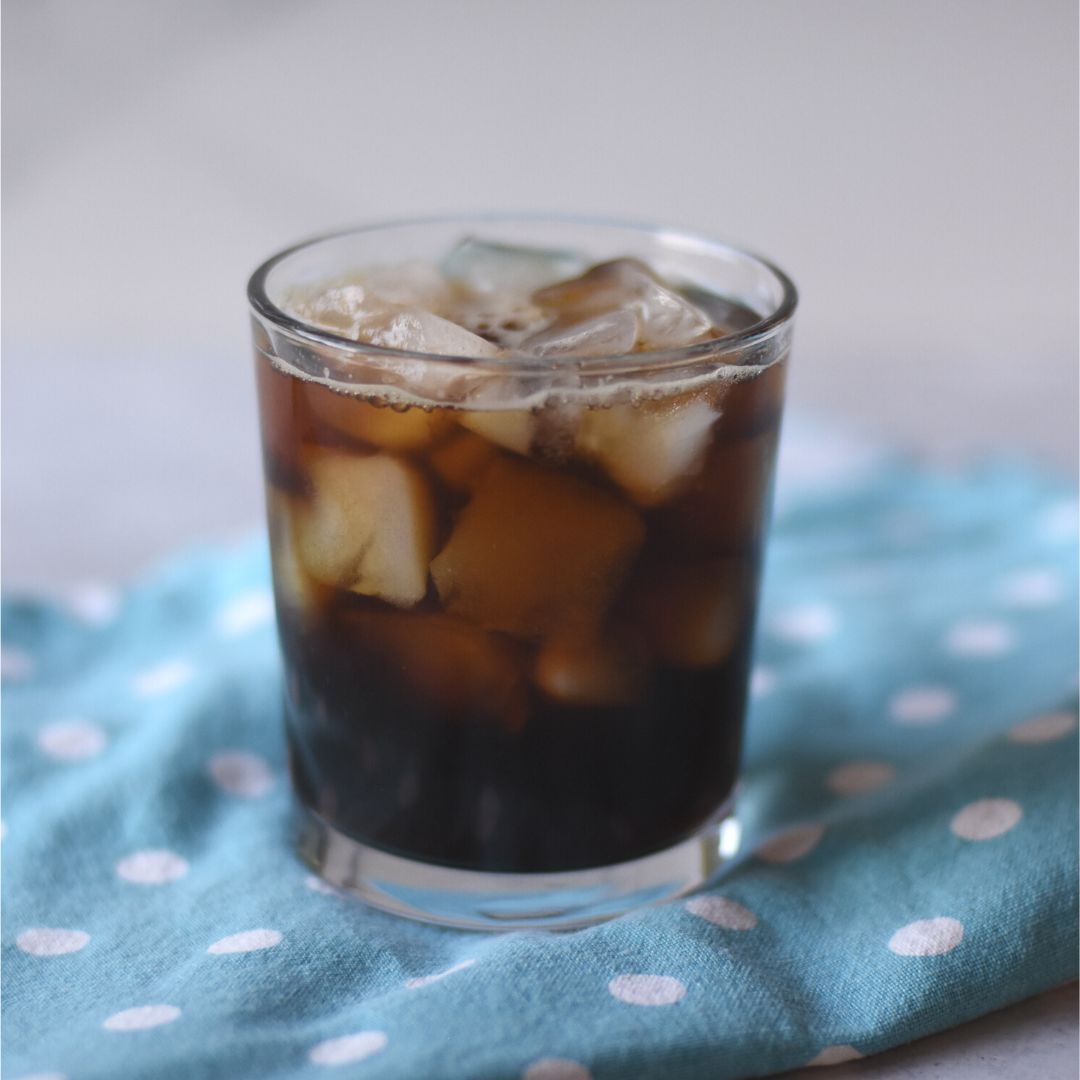Hot take on Cold Brew

Cold coffee. We are not talking about that cold cup of black coffee that has been sitting around long enough to cool from your delightful morning ritual to a bitter room temperature aversion.
We are talking about intentionally cold coffee. Cold Brew to be exact.
What is cold brew? Cold brew is NOT iced coffee, which is brewed hot and then put over ice.
By contrast, cold brew is just that - coffee that is brewed cold. The grounds are soaked in cold water for twelve hours to twenty-four hours .
The three main factors in brewing any kind of coffee, cold or hot, are grind size, contact time, and water temperature. Cold Brew uses a coarse grind, long contact time, and cold water.
Coffee beans contain nearly a thousand different chemical compounds. The goal of brewing is to draw out the compounds most enjoyable in the cup. When cold temperatures are used with longer contact time it produces a smooth, slightly sweet, and mellow flavor profile, a profile that is different from heat extraction methods. Two characteristics of cold brew are lower acid and higher caffeine content. The cold water extracts different components slowly resulting in lower acid. Once the brewing has finished and the grounds have been filtered from the liquid, the result is a concentrate. This concentrate has a higher caffeine level, but only until it is diluted, then it has roughly the same caffeine content as hot brewed coffee.
Intrigued?
Let's make some cold brew. Here is what you'll need.
- A French press or a 1/2 gallon canning jar.
- coarse ground coffee
- cold water
- a fine mesh strainer.
Using your 1:5 coffee to water ratio - put 6 tablespoons ground coffee into your French press. Add 30 ounces of cold water. Put the cap on, but do not plunge. Set it on the counter overnight - 12-15 hours. When the time is up, plunge and strain. Pour the concentrate over ice, dilute at a ratio of 1:2 or to taste.
An alternative method is to use a 1/2 gallon canning jar. Still using the 1:5 ratio use 12 tablespoons coffee grounds to 60 ounces of water. Cap the jar, let it sit on the counter for the twelve hours. Then, using a fine mesh strainer, strain out the grounds and dilute.
You can dilute with water or milk or cream or both, if you like.
Did you know that cold brew has a sibling? Yep...Nitro cold brew.
Nitro Cold Brew is cold brew coffee that is charged with nitrogen gas and stored in a keg and dispensed through a pressurized valve. By adding the nitrogen to the cold brew it adds carbonation and a frothy, foamy head, much like draft beer on tap. Its has a rich, creamy body and its texture is velvety smooth.
As with regular cold brew, it is low in acid due to the cold water brewing method, and has a higher caffeine content. In fact an 8 oz glass of nitro cold brew can contain between 150 - 210 mg caffeine compared to a regular 8 oz mug of hot brewed coffee which contains between 90-150 mg caffeine. Several factors influence caffeine level.
- Brew time. The longer the grounds are left to steep to create the cold brew concentrate - the more caffeine is drawn out creating a stronger concentrate.
- Brew ratio. Cold brew is brewed with a strong ratio of 1:5 compared to hot brewed coffee which is typically a 1:14 - 1:18 ratio. If you choose to dilute your cold brew concentrate, it will lower the caffeine level. Nitro cold brew is served without ice so it stays more concentrated than regular cold brew.
- Brew temperature. Since caffeine dissolves more readily in higher temperatures, it is extracted faster when cold brew is left to steep at room temperature, than when it is placed in the refrigerator to steep.
- While the nitrogen in nitro cold brew doesn't affect the caffeine level, Bon Appetit claims that it allows you to absorb it more quickly.
Trust me, you need to make some cold brew. I promise you won't regret it!